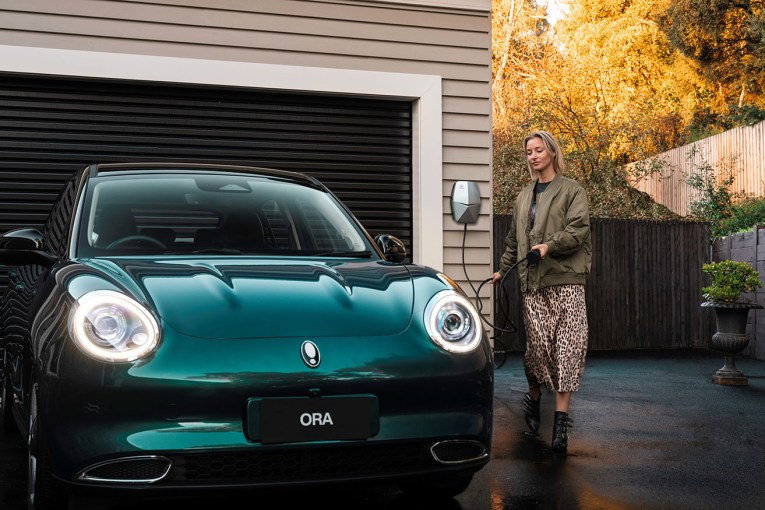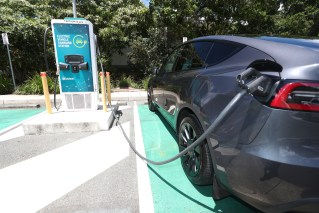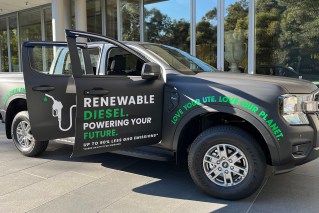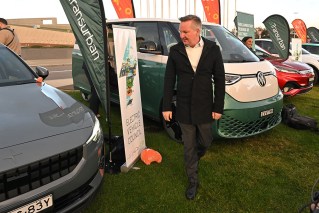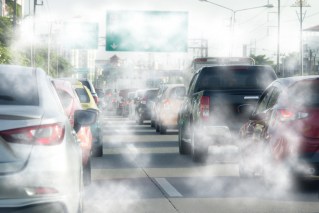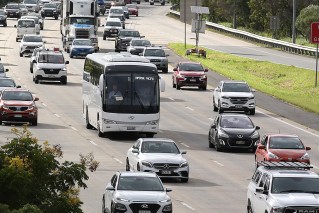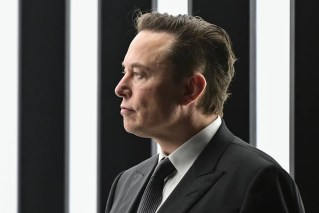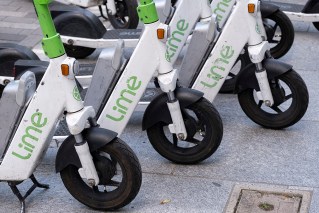The cheapest and dearest cars to run in Australia

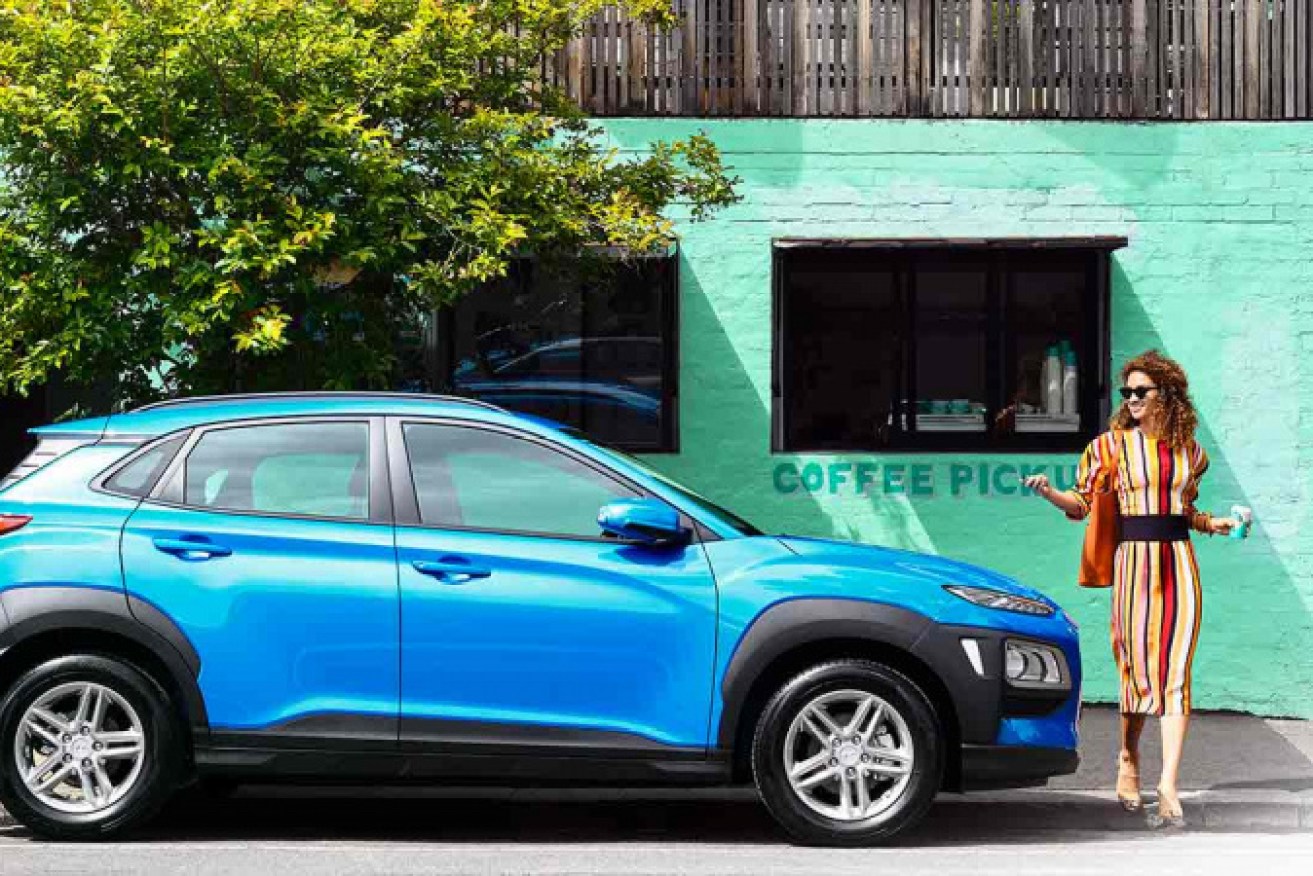
The Hyundai Kona Active topped the list of Australia's Small SUVs. Photo: Hyundai
Korean car manufacturer Kia has come up with the cheapest cars to run in Australia, according to two surveys released on Monday.
The Kia Picanto ($111.49/week), Kia Rio ($111.49/week) and Kia Cerato ($134.55/week) were revealed as the cheapest cars to run in the Micro, Light and Small car categories respectively, according to the Royal Automobile Association’s 2019 annual car market survey.
Meanwhile, the RACV’s Driving Your Dollars survey (also out on Monday) also ranked the Kia Rio ($115.95) cheaper to run than the Picanto ($118.25), while the Cerato ($136.64) topped the list of Small cars.
And surprisingly, both surveys found the most expensive car to run was an electric car – and not just any electric car. If you own a Tesla Model X 100D SUV, it’s costing you $562.70 a week, according to the RAA, while the RACV found the 100D’s stablemate, the Model S 100D sedan, was also a pricey option at $510.54 a week.
This was despite the average running costs for electric vehicles overall was lower than expected – about $240 a week – roughly the same as the cost of running a regular people-mover.
But Teslas came out considerably dearer due to their high purchase cost – the Model X 100D SUV will set you back about $146,000, and the Model S $141,400, for example.

The Model X goes from zero to 90km/h in 3.2 seconds and is equipped with an autopilot system. Photo: Getty
Both surveys determine the running costs of vehicles based on expenses such as purchase price, depreciation, on-road costs, loan repayments, registration, insurance and auto-club membership, as well as fuel, tyre costs, servicing and repairs over a five-year period.
Depreciation makes up the bulk of those costs, with the RACV estimating it to comprise 40 per cent of a vehicle’s running costs over five years.
RAA senior manager for future mobility Mark Borlace said rising fuel prices were a major factor in the increased cost of running a car, which the RAA found to have jumped from $218.58 last year to $228.79 this year (4.7 per cent).
“Last year’s survey was based on an average annual cost of 131c per litre for unleaded petrol, compared with 139.7c per litre in this year’s survey,’’ Mr Borlace said.
“While pump prices fluctuate during the short-term price cycle, unfortunately for motorists, the long-term trend in fuel costs has been upwards.’’

The Kia Picanto’s purchase price of $14,140 made it one of the lowest-cost cars due to lower depreciation totals. Photo: Getty
The RACV’s calculations found costs had risen just 1 per cent over the year, from $220.87 to $223.14, but fuel had outpaced that growth, costing an average of $126.26 a year extra.
RAA’s survey of the new car market reveals the various running costs of more than 140 models across 14 categories, while the RACV surveys 141 models in 14 categories.
Among the increasingly popular SUV categories, the Hyundai Kona Active ($156.75), Toyota RAV4 GXL ($187.62) and Subaru Outback 2.5i ($207.39) topped the RAA’s lists of small, medium and large categories.
The RACV has launched a “Car-Culator” tool for motorists to help them estimate the costs of owning some of Australia’s most popular vehicles.
“The cost of owning a car doesn’t end after the purchase price, with many people neglecting the impact depreciation, on-road costs and loan repayments have on the hip pocket,” said the RACV’s manager of vehicle engineering Michael Case.
“That’s why we have developed a tool for drivers to see what Victoria’s most popular cars will cost them per week to run and operate.”
